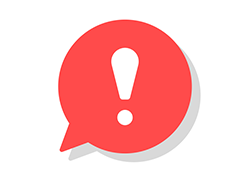Pathway Background and Objectives
Lead poisoning in children leads to negative neurocognitive and developmental outcomes. While severe lead poisoning requiring chelation is increasingly rare, elevated blood lead levels in children remain prevalent in Connecticut due to the State’s older housing stock. In 2020, lead poisoning prevalence was 1.67% and incidence was 1.08%. Fortunately, very few of these children have high enough blood lead levels to merit chelation therapy. In 2020, there were only 6 cases of lead poisoning that required chelation therapy. As chelation becomes a rare event and fewer providers have experience with therapy, it is important to ensure that all patients are treated with the same protocol. The Hartford and New Haven lead treatment centers have developed the following oral and IV chelation guidelines based on Center for Disease Control and American Academy of Pediatrics recommendations. All children in Connecticut receive the same chelation protocols regardless of treatment facility.
The objectives of this pathway are to:
- Create a systematic way to manage patient with lead toxicity
- Outline the initial work up of patients with lead toxicity
- Outline the important considerations prior to starting chelation therapies, if indicated
- Identify the correct chelation therapy and appropriate monitoring during treatment
- Help facilitate discharge in a timely fashion
